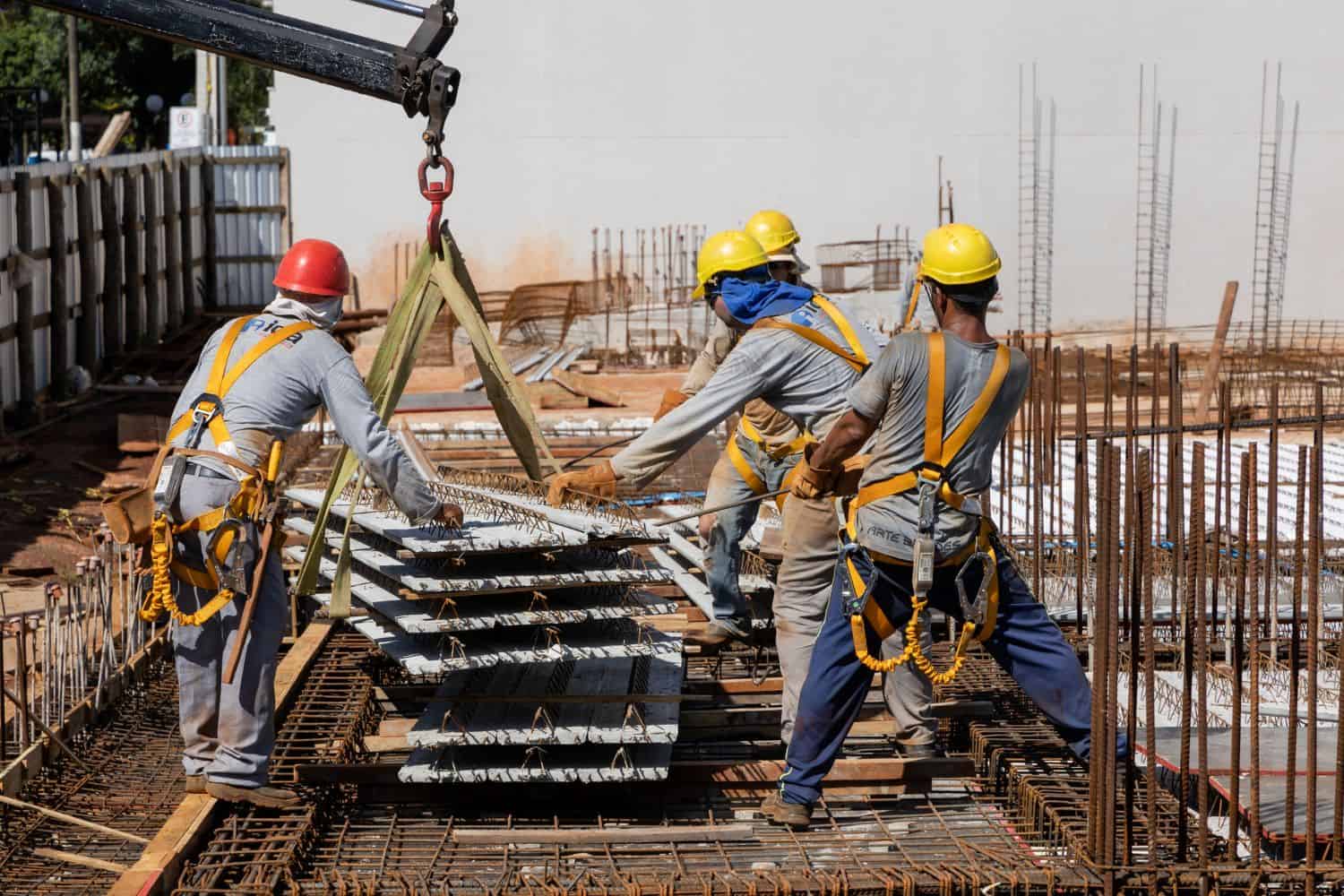Nedbank report says the private sector is responsible for 100% of the announced capex plans in the first half of 2025.

South Africa’s public and private sectors announced new capital projects valued at an annualised R316.2 billion during the first half of this year.
However, this is almost half of the R592.2 billion recorded in 2024 – and, according to the Nedbank Capital Expenditure Project Listing for the first half of 2025, the private sector is responsible for 100% of the announced plans.
The report further said that no new projects were announced by the government and public corporations, following a surge in investment plans in 2024.
“Last year, the public sector accounted for 83% of the total project listings. Many of those projects are still in the early stages of implementation.
“As these projects break ground, its impact should begin to filter into actual gross fixed capital formation (GFCF) numbers, as was seen in Q1 when outlays by public corporations and the government increased by 13.8% and 0.3% respectively,” it said.
ALSO READ: Identifying the bugs in SA’s long-promised infrastructure boom
However, Nedbank’s claim that no new public sector projects were announced in the first half of 2025 is at odds with information disclosed by construction sector services company Industry Insight.
Its Construction Monitor for June 2025 only said several large-scale infrastructure and property developments were confirmed or progressed in June 2025, reflecting “renewed momentum in both public and private sector investment”.
Industry Insight referred to the Airports Company South Africa’s announcement of a R22 billion national infrastructure programme across multiple airports, which it insists will proceed despite threats from the construction mafia.
It also said Transnet outlined plans for a major upgrade and expansion of the Cape Town harbour, aimed at improving port efficiency and unlocking trade, while in KwaZulu-Natal, the R10 billion Colenso Power Project entered the final pre-construction stages, although contracts are only expected to be awarded in the third quarter of 2025.
However, Industry Insight stated that South Africa’s construction sector remained under pressure in the first half of 2025, with a notable decline in private sector building activity and muted growth in public infrastructure rollout.
It said building completions and plans passed declined sharply year-on-year in June 2025, by -12.0% and -21.0% respectively, pointing to a weaker pipeline in terms of private sector development.
ALSO READ: Should government use pensions to fund its projects?
Industry Insight said public sector tender activity remained depressed, as building tender values were down 15% year-to-date, with a similar decrease in civil tender values, despite a surge in the value of awards, suggesting a weakening pipeline.
It attributed the lacklustre public infrastructure pipeline to under-expenditure and institutional delays, adding that this continues to weigh on the construction outlook.
Nedbank expects GFCF to contract by 1.5% in 2025, less than the 3.9% decline in 2024, despite the significant decrease it reported in the capital projects listed in the first half of 2025.
It said underlying conditions remain unsupportive of a broad-based upturn in fixed investment activity, despite pockets of improvement which will support a modest uptick in GFCF during the remainder of the year.
The project listing records the major capital projects undertaken in South Africa, but only includes projects that have been announced publicly and are valued at R20 million or more.
ALSO READ: SA needs trillions to achieve infrastructure goals, says Ramaphosa
Private sector activity
Nedbank attributed the increase in private sector activity to the structural shift to renewable energy and the central role of energy security in investment decisions, and improved macroeconomic conditions, particularly easing financial constraints and its positive impact on demand dynamics.
It said the electricity, gas, and water sector led investment activity in the first half of 2025, with new non annualised projects totalling R72.7 billion.
Nedbank said this momentum reflects continued efforts to tackle South Africa’s energy crisis and move away from coal-fired generation.
Major investments include Earth & Wire’s large-scale Energy Fields project, the Overberg and Ishwati Emoyeni wind farms, Photon Energy’s concentrated solar PV plant with thermal hydrostorage, and the Khauta solar project, it said.
ALSO READ: Macpherson vows action on failed projects and EPWP reform
Nedbank said mining and quarrying projects worth R45.2 billion were announced, anchored by Suiso’s R31.5 billion coal-to-fertiliser facility in Kriel, which aims to produce 1.5 million tons of nitrogen-based fertilisers annually and reduce reliance on imported fertilisers.
It said Meta is the largest investor in the transport, storage, and communications sector, with Project Waterworth accounting for 75% of the R26.4 billion worth of planned projects.
This initiative involves developing a 50 000km global subsea cable system linking the US, India, Brazil, South Africa and other strategic regions to support growing demand for AI and data infrastructure.
Manufacturing projects valued at R12.9 billion were announced, the most significant being Astron Energy’s R6 billion upgrade of its Cape Town refinery to meet South Africa’s Clean Fuels II regulations by the 2027 deadline, and PPC’s expansion of its Riebeeck West cement facility at a cost of R3 billion.
ALSO READ: At least R900 billion needed to fix SA’s water woes
A single project worth R1 billion was announced in finance, real estate, and business services, which was the Olympus Sandton mixed-use residential and retail development by Growthpoint Properties and Tricolt Group.
It involves the development of two towers consisting of 22 and 16 storeys each, and will include hotel rooms, residential units, spa facilities, a restaurant and retail space.
Nedbank said its Capital Expenditure Project Listing highlights three key trends:
- Investments remain heavily concentrated in energy, underscoring the central role of energy security in driving capital formation.
- The modest recovery in private sector announcements appear to be supported by improved macroeconomic conditions, including lower inflation and interest rate cuts.
- The lull in new public sector announcements follows the surge in 2024, with many of those projects still in the early stages of implementation.
This article was republished from Moneyweb. Read the original here.






